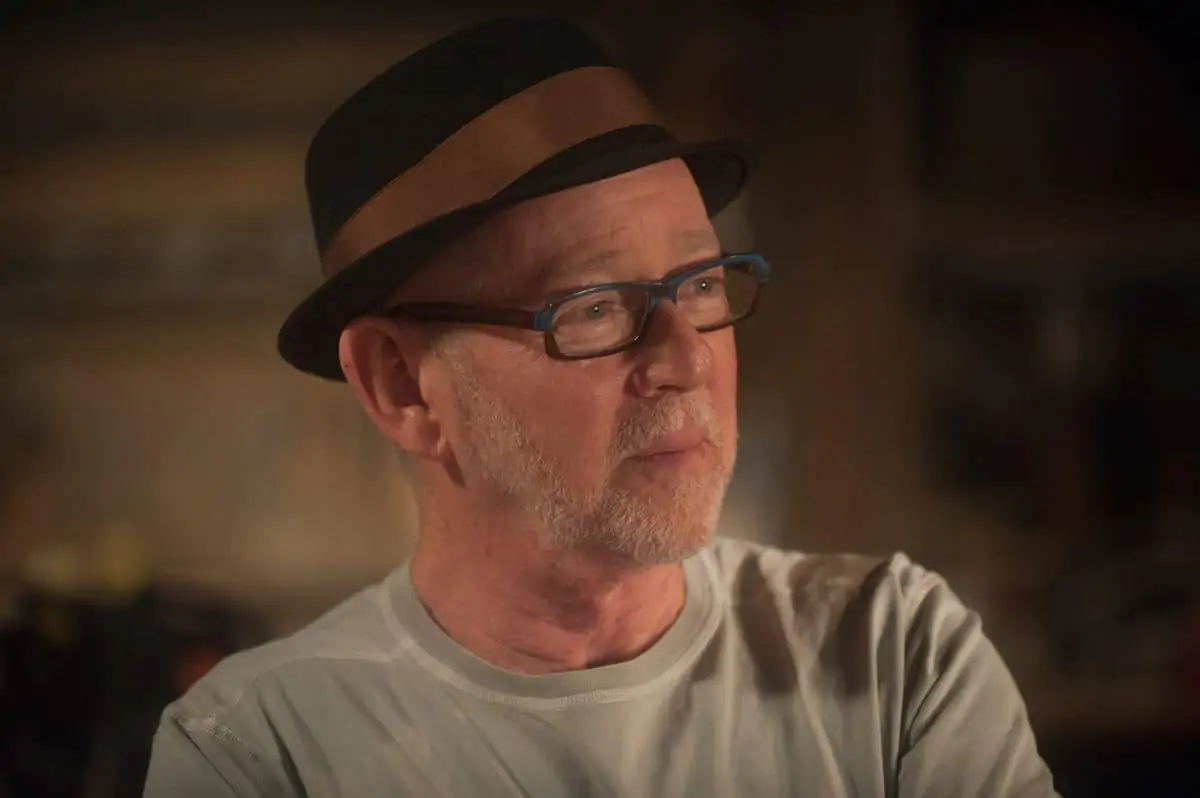Shock Horror
Steven Poster ASC / Amityville: The Awakening
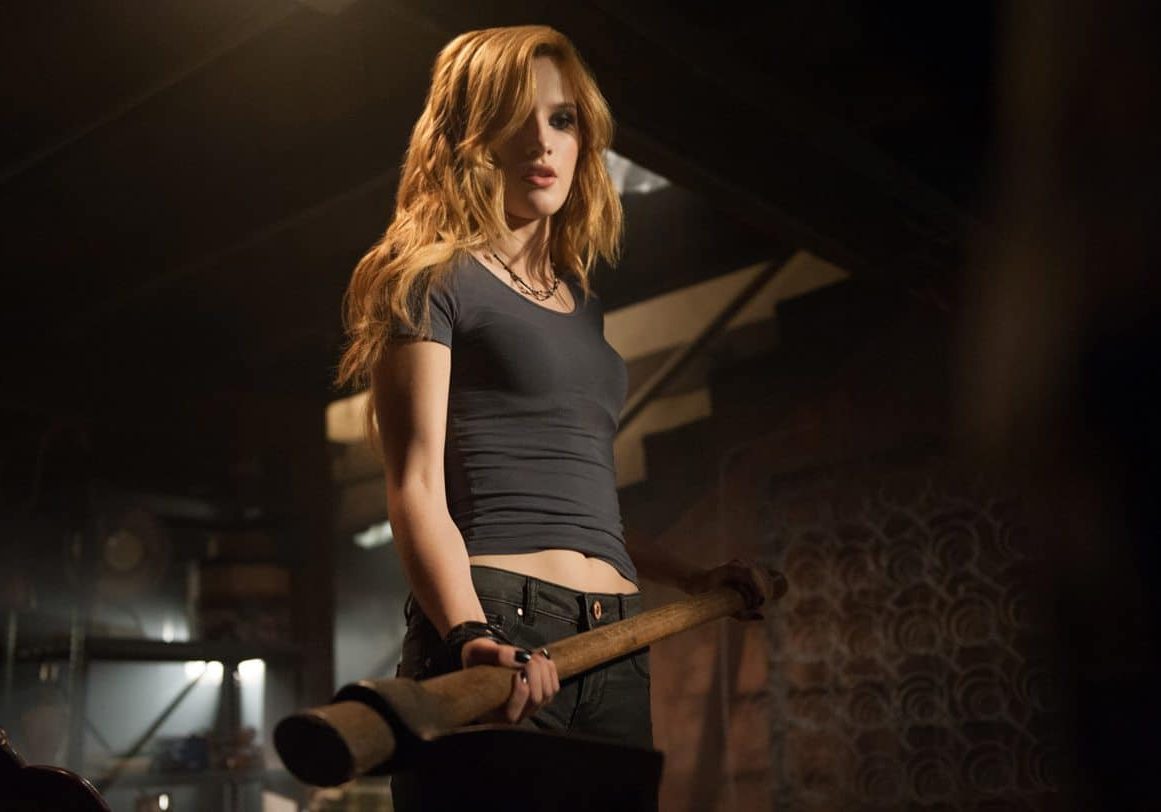
Shock Horror
Steven Poster ASC / Amityville: The Awakening
BY: Valentina Valentini
Despite what you may think you know about the infamous Amityville murders story, Amityville: The Awakening is not gore. The reboot – written and directed by Franck Khalfoun – is a contemporary tale of an age-old classic about a house that’s haunted by demons who convince its inhabitants to kill their family members.
In fact, cinematographer Steven Poster ASC and Khalfoun made sure that this Amityville was not a blood and guts horror film, instead focussing on bringing the psychological thriller out strongly in the Blumhouse production that stars veteran Jennifer Jason Leigh and the young (yet veteran in her own right) Bella Thorne.
Poster – who is perhaps best-known for his work on the cult hit Donnie Darko (2001) – began his career shooting horror films. His first two Hollywood movies were Blood Beach (1980) and Dead & Buried (1981), but in his early days cutting his teeth in Chicago, he worked with director Herschell Gordon Lewis on films like Monster a-Go Go (1965) and Blast-Off Girls (1967). These movies were of the particular genre of horror film called gore films, ostensibly created by Lewis himself.
Poster and Khalfoun – who came onto the horror scene with the Wes Bentley-lead P2 in 2007 and then made waves on the 2012 festival circuit with Maniac starring Elijah Wood – wanted to use a classic palate for Amityville and yet something that would update the story to its contemporary home.
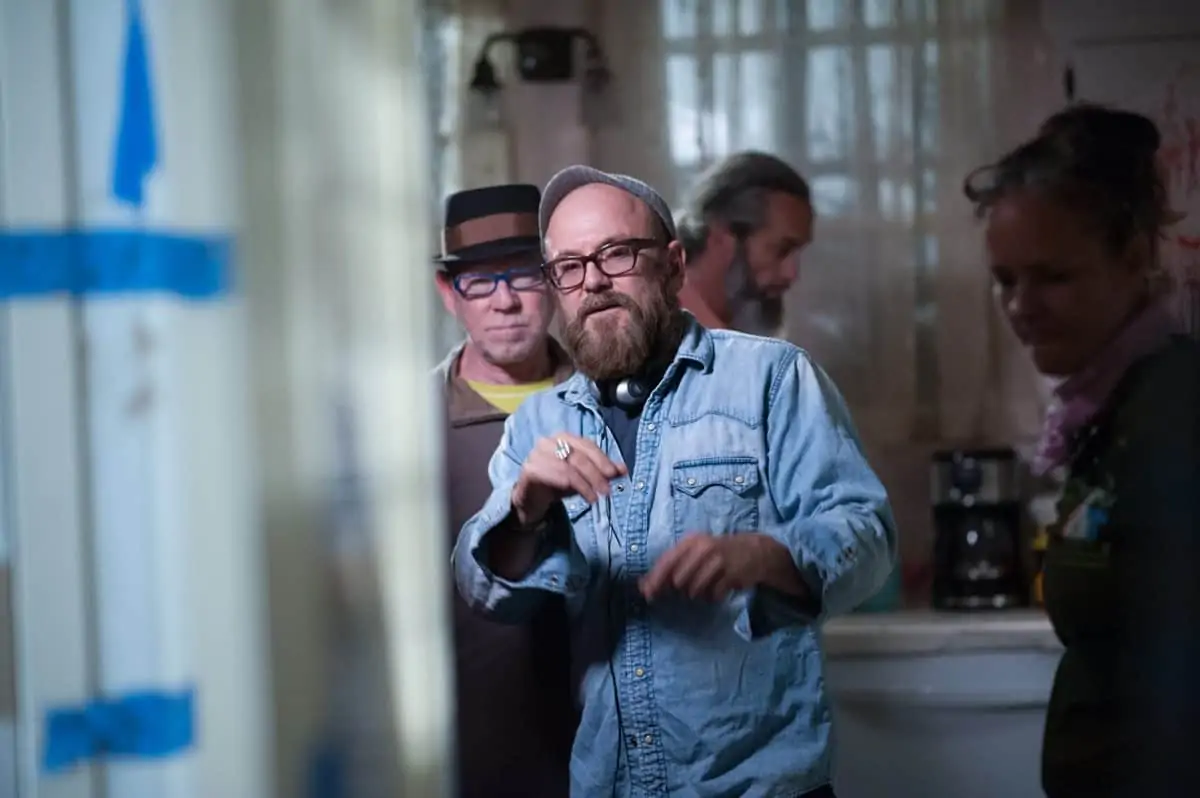
“It wasn't going to be over the top in any way,” says Poster in the middle of his week of pick-up shoots. “It was going to be a story well-told as opposed to creating tricks. That, to me, is more important in a horror film than having some flashy style that draws attention to itself.”
Poster had began to look at some of the older Amityville films, but felt they were generally not done to a standard he preferred. This helped him stay away from feeling daunted about taking on a story that has been done before.
“There's a point at which you have to divorce yourself from the past and go with what your gut says are the proper storytelling elements,” he explains. “We knew we had the one element up front, which was the house. The house is the story. We knew that within that house there were a couple of things that we were bringing back – the basement and the red room – but the rest of it is essentially a contemporary story."
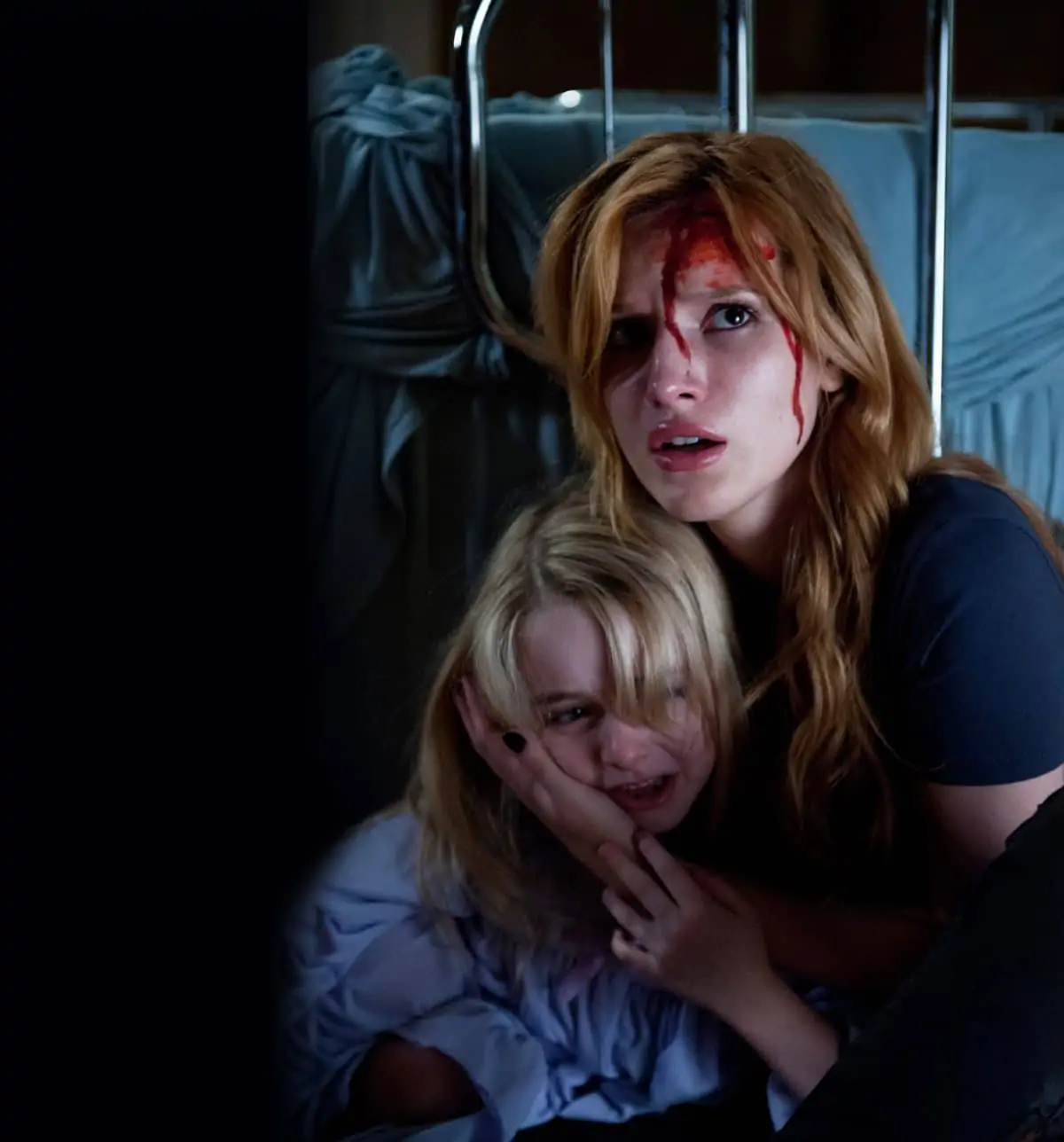
To achieve these visual goals, Poster shot on the Canon C500 at 2K recording externally to Codex. He could have recorded in 4K at 10-bit colour – all the rage nowadays – but chose to go 2K, 12-bit.
“That work flow gives you a softer roll-off in the skin tones,” he says. “It blends the highlights and the shadows in a way that's much more pleasing to me than 4K.”
“On the additional shooting we used the Canon C300 MKII and were able to record 2K 12-bit internally to a card. These newer cameras matched what we had shot on the C500 beautifully.”
He paired the cameras with all Canon lenses as well – four of their CN-E zooms, two compact and two fullsize. Poster believes that each lens manufacturer comes with their own “personality” – the Leica personality, the Panavision, for example – and he liked the Canon personality for this project.
“I've found with any given set of lenses in today's high-quality digital recording is that it's sometimes considered TMI – too much information,” he says. “Then you can end up with a 22-year-old actress with pores so visible that the audience can count them. Too much sharpness can be detrimental.”
To counter this effect, while still being able to keep the sharpness of contemporary glass, Poster has developed a combination concept of filters in partnership with Tiffen called Pearlescent. They're graded from one sixteenth to a five, and can be used create a homogeneous look whilst taking away some roughness in skin and still blending the colours a little more, all the while keeping the same amount of information.
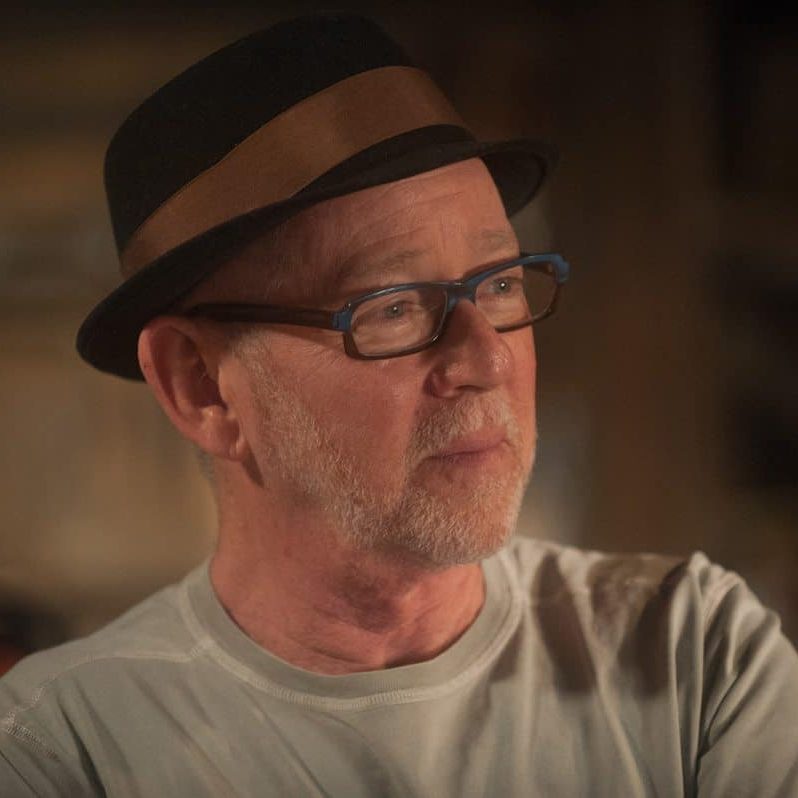
"It was going to be a story well-told as opposed to creating tricks. That, to me, is more important in a horror film than having some flashy style that draws attention to itself."
- Steven Poster ASC
Whilst Amityville had the pleasure of filming in Los Angeles, there was the challenge of finding a distinctly Long Island, New York house. Production found a house to use as the interior in Mid City LA, and the exterior was built in a park in Long Beach, California, where the production also utilised a pond that was visually created as being an adjacent to the backyard of the house.
The house in which interiors were shot had all the elements needed, but was quite small and no painting was allowed.
“I needed to tone down these very high contrast, highlight elements,” recalls Poster. “It was pretty difficult, because there was no room to light and there was no room to grip, let alone put the camera. One of the ways we solved the problem of no space was by rating the cameras at 3200ISO. These cameras do that brilliantly, with almost no visible noise even when projected on a 40-foot screen. That allowed me to work with the smallest lighting instruments available, like the LightGear LED strips.”
Also, because the neighborhood didn’t allow filming to go past 10pm, production had to come up with a way to get the many night scenes in the bag. They decided to tent the entire house and to create their own night.
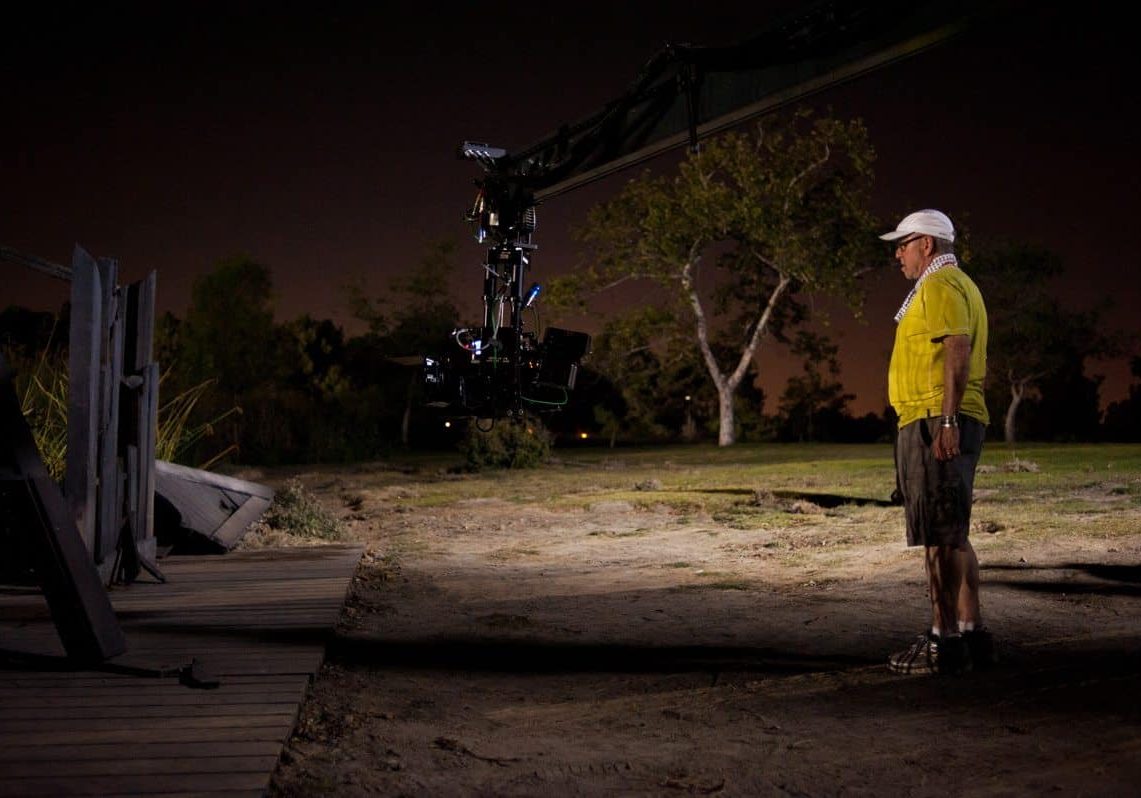
“I find with digital shooting that, in order to get a decent signal in the recording, you need to properly expose in a way that you know your mid-points are going to fall within a certain range on the scope,” Poster says about shooting inside the house with a faked-out nighttime. “You can't shoot dark for dark the way you would normally do with film. It's a little bit of an anomaly. You really need to create the look that you want to end up with through working with your work with a digital imaging technician.”
Poster – a steadfast proponent of transparency on-set and off – worked alongside DIT Rohan Chitrakar not in a separate tent, but in front of everyone. They had two cameras and used Live Grade to colour both cameras where all could see.
“When a director of photography goes inside a tent and spends most of their time working on the images in there and not directly interacting with his crew and actors,” he explains,” that collaborative quality is lost. Plus, when everybody can see the intent of the image, nobody in that situation questions the way it looks on set. It takes away a layer of doubt, and that was really fun to work with.”
Amityville: The Awakening is set for release on January 6th 2017.

